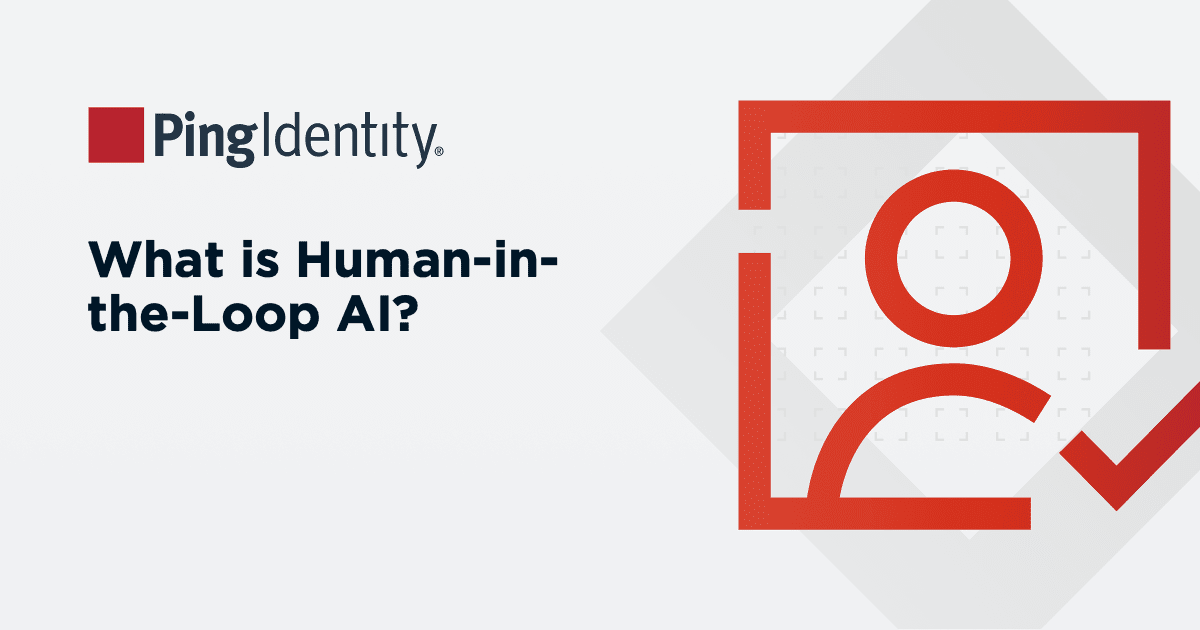Key Takeaways
- Enhanced Security Through Biometrics: Biometric authentication enhances security by utilizing distinctive physical or behavioral traits, making it more dependable than conventional passwords.
- Variety of Biometric Methods: There are many biometric methods available. These include fingerprint, facial recognition, iris scanning, retina scanning, and voice recognition. Each method has different levels of accuracy and is suitable for various uses.
- Applications Across Sectors: Biometric authentication is widely applicable across sectors such as healthcare, law enforcement, finance, corporate security, and hospitality, providing tailored security solutions.
- Advantages and Limitations: Biometric systems provide strong security, convenience, and protection against theft. However, they also have challenges. These include high costs to set up, privacy issues, and problems with device compatibility.
- Future of Biometric Technology: As technology advances, the use and adoption of biometric authentication will likely grow. However, organizations must consider ethical issues and potential weaknesses, such as false acceptance and rejection rates (FAR and FRR).
As our world becomes increasingly digital, there is a growing need for more secure identity verification methods to replace the faulty password security that is still widely used.
Biometric authentication has emerged as a strong method for safeguarding network and facility access, with a wide range of possible applications from healthcare to hospitality and nearly all industries in between.
Offering enhanced security while providing users with a more streamlined log-in experience, it’s likely that many of us already use biometric authentication in our day-to-day lives, even if we weren’t aware of it.
Throughout this article, we will explore the different biometric technology methods available, their security features, and help you decide if it’s a suitable option for your organization.


